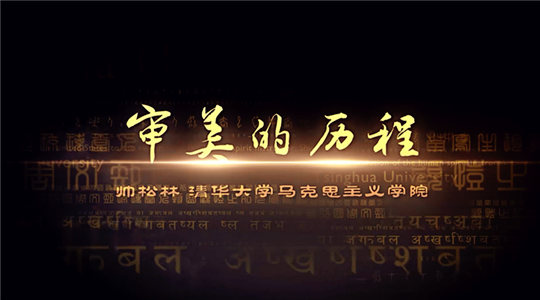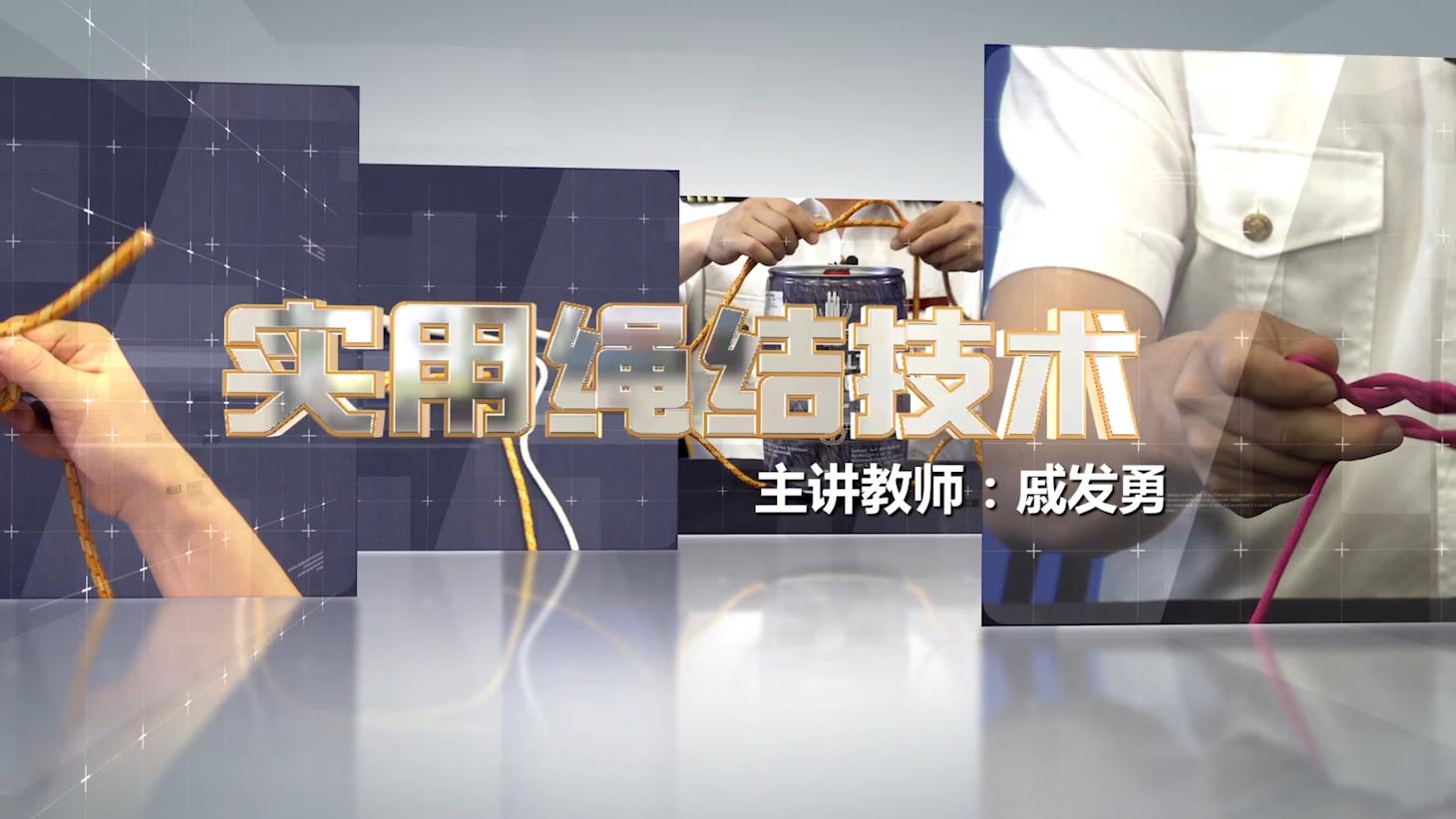
当前课程知识点:大学英语七能拓展 > chapter 1 沟通- How to introduce and market yourself? > SUPPLEMENTARY READING > Curriculum Vitae (CV) Samples and Writing Tips
When applying for certain positions in the US, as well as jobs internationally, you may be required to submit a curriculum vitae rather than a resume. A curriculum vitae, or CV, includes more information than your typical resume, including details of your education and academic achievements, research, publications, awards, affiliations, and more.
Review sample curriculum vitae, the difference between a CV and a resume, and tips and advice on how to write a CV.
What to Include in a Curriculum Vitae
A curriculum vitae, commonly referred to as CV, is a longer (two or more pages), more detailed synopsis than a resume. Your CV should be clear, concise, complete, and up-to-date with current employment and educational information.
The following are examples of information that can be included in your curriculum vitae. The elements that you include will depend on what you are applying for, so be sure to incorporate the most relevant information to support your candidacy in your CV.
What Not to Include
There is no need to include your photo, your salary history, the reason you left your previous position, or references in your CV. References should be listed separately and given to employers upon request.
How Long Should a CV Be?
A good curriculum vitae should ideally cover no more than two pages and never more than three. Aim to ensure the content is clear, structured, concise and relevant. Using bullet points rather than full sentences can help minimize word usage.
Curriculum Vitae Example
The following is a curriculum vitae example for a job seeker with international work experience. This CV includes employment history, education, competencies, awards, skills, and personal interests.
Allen Yan
(86)1338-1111-420
[email protected]
EDUCATION
Sept. 20XX–Present, Shanghai University, BE
May 20XX, Certified Public Accounting Training (CPA)
EMPLOYMENT HISTORY
Dec. 20XX–Present, ITT Flygt Investment, China
Application Engineer, Sales & Marketing
July 20XX–Sept. 20XX, Intel Products Co., Shanghai, China
CPU Assembly Engineer (Internship)
June 20XX–July 20XX, GF Fund Management Co., LTD.
Campus Intern
AWARDS
COMPETENCIES & INTERESTS
English Ability: Band 6; intermediate competency
German Ability: 600 hours of Germany lessons at TongJi University
Computer Skills:
Personal Interests:
Basketball; Speed Skating; Snooker
More Curriculum Vitae Samples and Templates
Review examples of curriculum vitae to use to get ideas for writing your CV.
Curriculum Vitae Writing Tips
Have Several Versions of Your CV
Don't just write one CV and use it for every position you apply for. Have targeted and focused versions of your curriculum vitae and use them accordingly.
Keep It Short
If possible, try to keep your CV short and concise. Include summaries of your employment and education, rather than lots of details. Use formal (no slang or abbreviations) and well-written language, writing simply and clearly.
Tell the Truth
It can be tempting to over-polish a CV and make our educational qualifications or work history sound a little better than they are. If you're tempted to stretch the truth about your work history - don't. It will come back to haunt you.
Most employers conduct reference and background checks, and if your curriculum vitae doesn't match your actual work history or education, you will most likely get caught at some point, and you will either not get the job or will get fired if you have already been hired.
Check the Format
Look at the format of your curriculum vitae, and again, ask someone else to take a look. Is there plenty of white space? Is it cluttered?
Is your formatting consistent (bold, italic, spacing, etc.) and is the overall picture that your CV provides a professional and polished one?
Proof Your Curriculum Vitae
Double-check your curriculum vitae for typos and grammatical errors. Then ask someone else to review it for you - it's often hard to catch our mistakes.
quoted from :2018-5-13 https://www.thebalancecareers.com/cv-samples-and-writing-tips-2060349
-1.1 How to introduce yourself in daily communications?
--How to introduce yourself in daily communications?(1)
--How to introduce yourself in daily communications?(2)
--How to introduce yourself in daily communications?(3)
-1.1 How to introduce yourself in daily communications?--作业
-1.2 How to market yourself with a powerful CV?
--How to market yourself with a powerful CV?(1)
--How to market yourself with a powerful CV?(2)
-1.2 How to market yourself with a powerful CV?--作业
-1.3 Case study: at the job interview
--Case study: at the job interview
-1.3 Case study: at the job interview--作业
-SUPPLEMENTARY READING
--Raw HTML
--Curriculum Vitae (CV) Samples and Writing Tips
-DISCUSSION
-2.1 What is a story?
-2.1 What is a story?--作业
-2.2 Types of story
-2.2 Types of story--作业
-2.3 How to make a story?
-2.3 How to make a story?--作业
-2.4 How to appreciate a story? — Case Study
--How to appreciate a story? — Case Study(1)
--How to appreciate a story? — Case Study(2)
-2.4 How to appreciate a story? — Case Study--作业
-SUPPLEMENTARY READING
--html
--html
--白象似的群山
-DISCUSSION
-3.1 What is an argument for?
-3.1 What is an argument for?--作业
-3.2 What is debate for?
-3.2 What is debate for?--作业
-3.3 How to be a good debater?
--How to be a good debater?(1)
--How to be a good debater?(2)
--How to be a good debater?(3)
-3.3 How to be a good debater?--作业
-SUPPLEMENTARY READING
--html
--html
-DISCUSSION
--html
-4.1 What is public speaking?
-4.1 What is public speaking?--作业
-4.2 Making preparation
-4.2 Making preparation--作业
-4.3How to make effective public speaking?
--How to make effective public speaking?(1)
--How to make effective public speaking?(2)
--How to make effective public speaking?(3)
-4.3How to make effective public speaking?--作业
-4.4 Case Study (Speech/TED)
--html
-4.4 Case Study (Speech/TED)--作业
-SUPPLEMENTARY READING
--html
-DISCUSSION
--html
-5.1 Strategic Points for Listening to a Lecture
--Strategic Points for Listening to a Lecture(1)
--Strategic Points for Listening to a Lecture(2)
--Strategic Points for Listening to a Lecture(3)
-5.1 Strategic Points for Listening to a Lecture--作业
-5.2 Why should You Take Lecture Notes
--Why should You Take Lecture Notes
-5.2 Why should You Take Lecture Notes--作业
-5.3 Trying Cornell Method of Note-taking
--Trying Cornell Method of Note-taking(1)
--Trying Cornell Method of Note-taking(2)
--Trying Cornell Method of Note-taking(3)
-5.3 Trying Cornell Method of Note-taking--作业
-5.4 Trying Mind Map
-5.4 Trying Mind Map--作业
-5.5 Trying Thinking Map
-5.5 Trying Thinking Map--作业
-SUPPLEMENTARY READING
--html
-DISCUSSION
--html
-6.1 How to think independently?
--How to think independently?(1)
--How to think independently?(2)
--How to think independently?(3)
-6.1 How to think independently?--作业
-6.2 What is Academic Essay?
-6.2 What is Academic Essay?--作业
-6.3 Tips in Reading and Writing Academic Essays
--Tips in Reading and Writing Academic Essays(1)
--Tips in Reading and Writing Academic Essays(2)
--Tips in Reading and Writing Academic Essays(3)
--Tips in Reading and Writing Academic Essays(4)
--Tips in Reading and Writing Academic Essays(5)
--Tips in Reading and Writing Academic Essays(6)
-6.3 Tips in Reading and Writing Academic Essays--作业
-SUPPLEMENTARY READING
--Raw HTML
--Raw HTML
-DISCUSSION
--html
-7.1 一带一路与中国文化自信 The Belt and Road Initiative and Confidence in Chinese Culture
--7.1 一带一路与中国文化自信 The Belt and Road Initiative and Confidence in Chinese Culture
--7.2 Xi Jinping: The Governance of China(II)
-We


